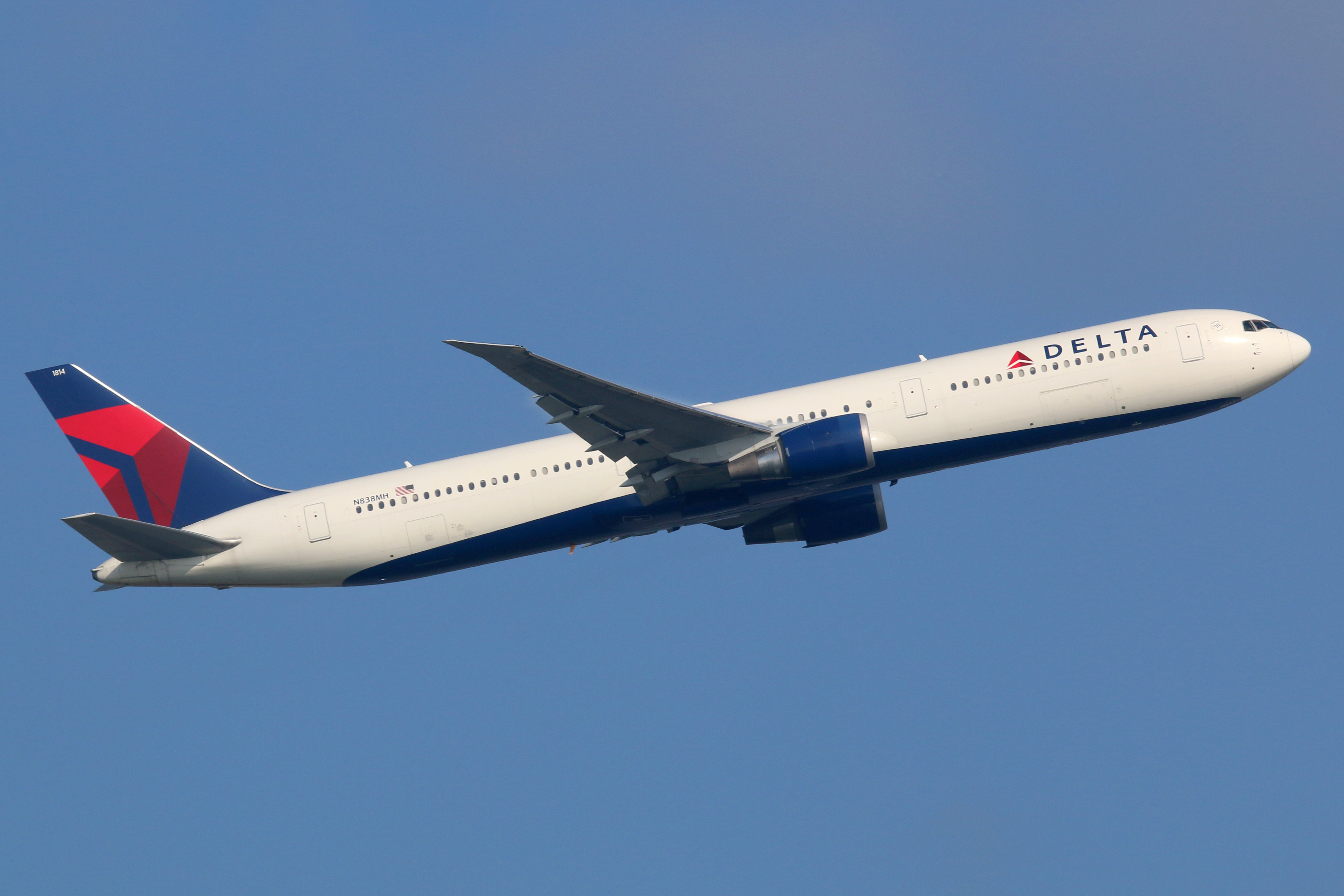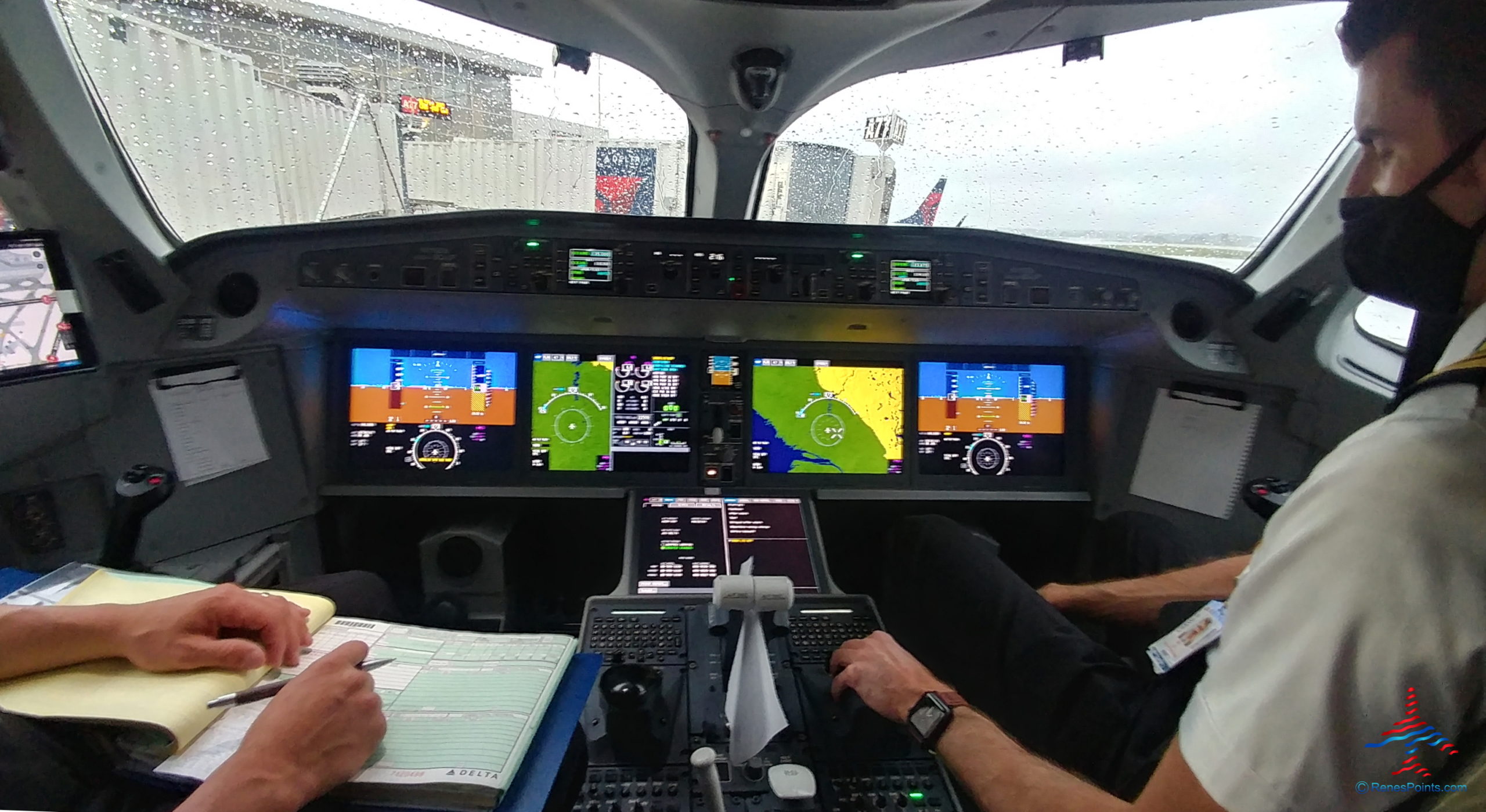Advertiser Disclosure: Eye of the Flyer, a division of Chatterbox Entertainment, Inc., is part of an affiliate sales network and and may earn compensation when a customer clicks on a link, when an application is approved, or when an account is opened. This relationship may impact how and where links appear on this site. This site does not include all financial companies or all available financial offers. Opinions, reviews, analyses & recommendations are the author’s alone, and have not been reviewed, endorsed, or approved by any of these entities. Some links on this page are affiliate or referral links. We may receive a commission or referral bonus for purchases or successful applications made during shopping sessions or signups initiated from clicking those links.
For the second time this week, a flight departing Los Angeles International Airport (LAX) experienced an engine fire after takeoff.
On Monday, it was a Sun Country 737. Shortly after noon on Friday, the left engine of a Delta Air Lines 767-400 departing LAX caught fire just as the plane lifted into the air — and the incident was broadcast live on the Internet.
The aircraft pictured above is not the same exact plane involved in the incident.
Delta Engine Fire at LAX
L.A. FLIGHTS — a YouTube channel that livestreams from LAX — was broadcasting when Delta Flight 446 (tail number N836MH), bound for Hartsfield-Jackson Atlanta International Airport (ATL), took off from Runway 25R. Some quick camera work caught the moment the plane’s left engine caught fire — just after the plane left the ground.
Here’s the video:
Good news: it appears the aircraft’s fire suppression system worked!
Delta tells us there were 226 customers, seven (7) flight attendants, and two pilots onboard. The pilots received an indication that there was a problem with the left (portside) engine. They initiated the prescribed procedures, declared an emergency, and returned to LAX shortly thereafter. A local fire department checked out the plane upon landing. The aircraft taxied back to the gate and everyone deplaned normally. No emergency slides or anything.
A replacement aircraft brought passengers to Atlanta later Friday evening.
“Delta flight 446 returned to Los Angeles shortly after departure following an indication of an issue with the aircraft’s left engine,” a Delta spokesperson told us. “As nothing is more important than the safety of our customers and crew, the flight crew followed procedures and safely returned to the gate. We apologize to our customers for the delay in their travel plans.”
Hats off to the pilots and air traffic control for safely returning the plane!
YouTuber @FLIGHTDECK_PILOT added this information:
As a pilot (currently Airbus A330neo, formerly B757/B767 and Embraer 195), I can share a bit of insight into what happens in situations like this engine fire on the Boeing 767 after takeoff from LAX.
After passing V1 (decision speed), a takeoff is always continued, no matter what happens, because there is no longer enough runway to stop safely. If a fire is detected – confirmed by the two independent engine fire loops – the crew follows strict memory items. The Pilot Flying keeps flying the aircraft, while the Pilot Monitoring (after confirming “Engine No. 1 Fire”) performs the steps:
- Autothrottle off
- Affected thrust lever idle – CONFIRM
- Fuel control switch – OFF, CONFIRM
- Engine fire switch – PULL (cuts off fuel, hydraulics, electrics, pneumatics)
- If the fire warning persists, fire extinguishing bottles are discharged (two bottles available, can be used in either engine or both).
- Up to 400 ft AGL (or 20 seconds after nose gear retraction), some warnings like the fire bell are inhibited to avoid distraction during takeoff. Once safely climbing, the crew executes the Engine Fire Procedure, stabilizes the aircraft, then communicates a Mayday to ATC (priority is always Fly – Navigate – Communicate).
The Boeing 767, being a long-haul aircraft, often departs at or near Maximum Takeoff Weight (MTOW ~186 tons), while Maximum Landing Weight (MLW ~142 tons) is much lower. In non-critical cases, fuel dumping (if installed) is used to reduce weight, but with a fire you typically land as soon as possible, even if overweight landing is required (there is a dedicated checklist for this).
Engines are certified to burn for up to 10 minutes without affecting structural integrity, but time is of the essence in these scenarios.
If you have questions about cockpit procedures, engine fire drills, or want to hear more real-world pilot insights, feel free to check out my channel – I cover technical topics like this from a pilot’s perspective.
Final Approach
A Delta 767 from LAX to Atlanta experienced an apparent engine fire during takeoff on Friday afternoon. The plane returned safely and it seems no one is worse for wear — despite what looks like a potentially frightening event.
Advertiser Disclosure: Eye of the Flyer, a division of Chatterbox Entertainment, Inc., is part of an affiliate sales network and and may earn compensation when a customer clicks on a link, when an application is approved, or when an account is opened. This relationship may impact how and where links appear on this site. This site does not include all financial companies or all available financial offers. Opinions, reviews, analyses & recommendations are the author’s alone, and have not been reviewed, endorsed, or approved by any of these entities. Some links on this page are affiliate or referral links. We may receive a commission or referral bonus for purchases or successful applications made during shopping sessions or signups initiated from clicking those links.











